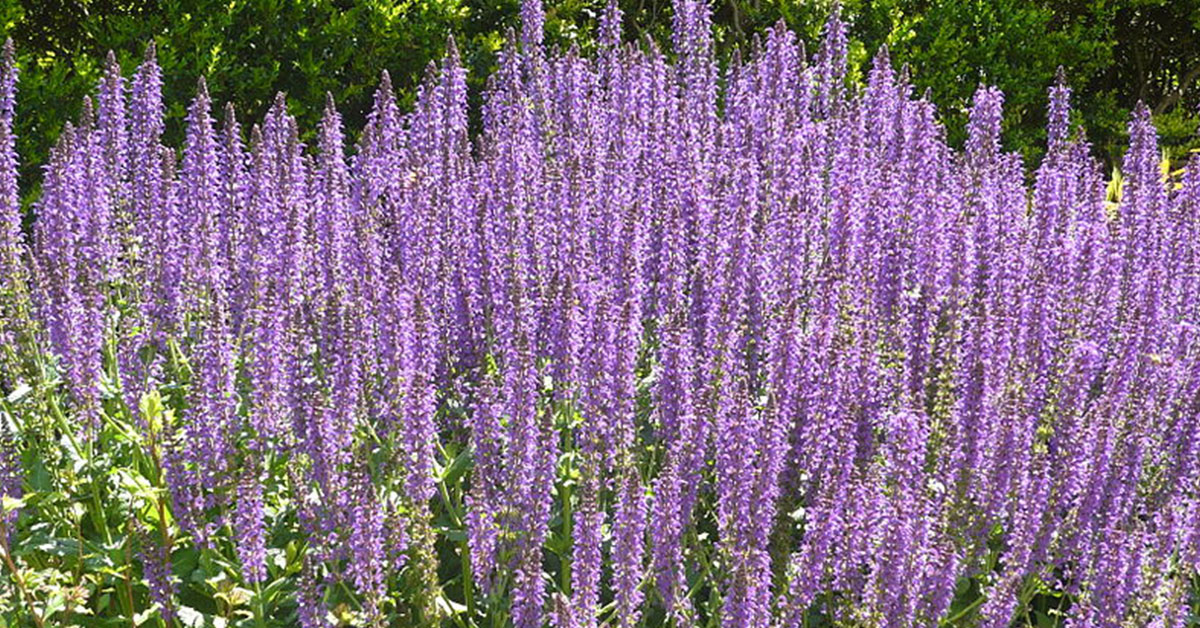Growing tomatoes can be one of the most rewarding experiences for any gardener. There’s nothing quite like the taste of a sun-ripened tomato fresh from the vine! However, this beloved fruit can sometimes be challenging to cultivate. From pests to pruning, many questions arise as you nurture your tomato plants. As an enthusiastic gardener myself, I understand the common hurdles and triumphs of growing tomatoes.
In this article, I’ve compiled the top ten questions I often hear about growing tomatoes, along with detailed answers to help you achieve a bountiful harvest. Whether you’re a seasoned gardener or just starting out, these expert tips will guide you through the joys and challenges of growing delicious, juicy tomatoes. Let’s dive in and get your tomato garden flourishing!
How Do I Choose the Best Tomato Varieties?
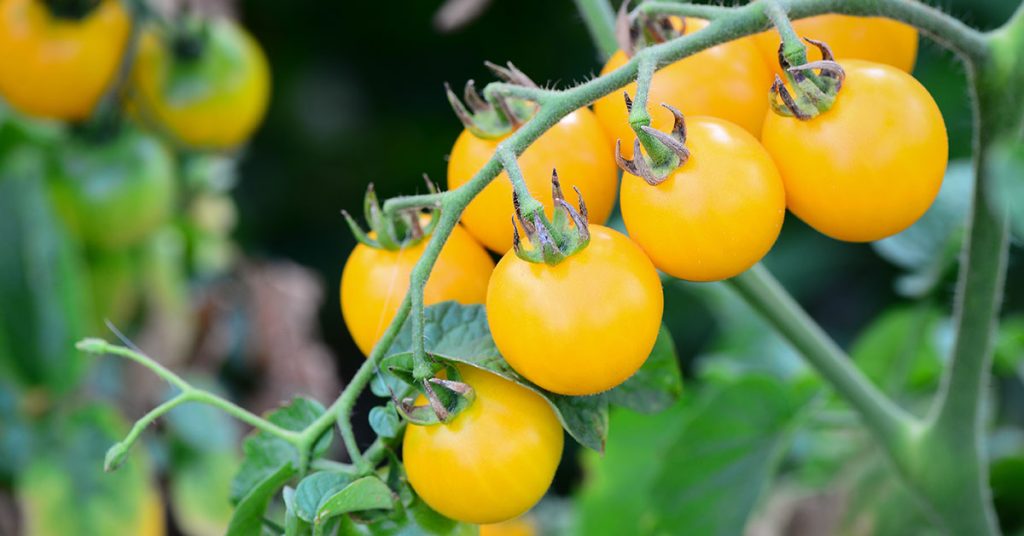
Choosing the best tomato variety depends on your personal preferences and growing conditions. If you love making sauces and salsas, Roma or San Marzano tomatoes are excellent choices due to their meaty texture and lower water content. For fresh eating, cherry tomatoes like Sweet 100 or heirloom varieties such as Brandywine offer exceptional flavor. Consider your climate as well; some varieties are more heat-tolerant, while others thrive in cooler temperatures.
It’s also important to think about the space you have available. Determinate varieties, also known as bush tomatoes, grow to a fixed size and are great for container gardening. Indeterminate varieties continue to grow and produce fruit throughout the season, requiring more space and support. By selecting varieties that suit your taste, climate, and garden space, you can ensure a successful tomato harvest.
What Is the Best Way to Prepare the Soil?
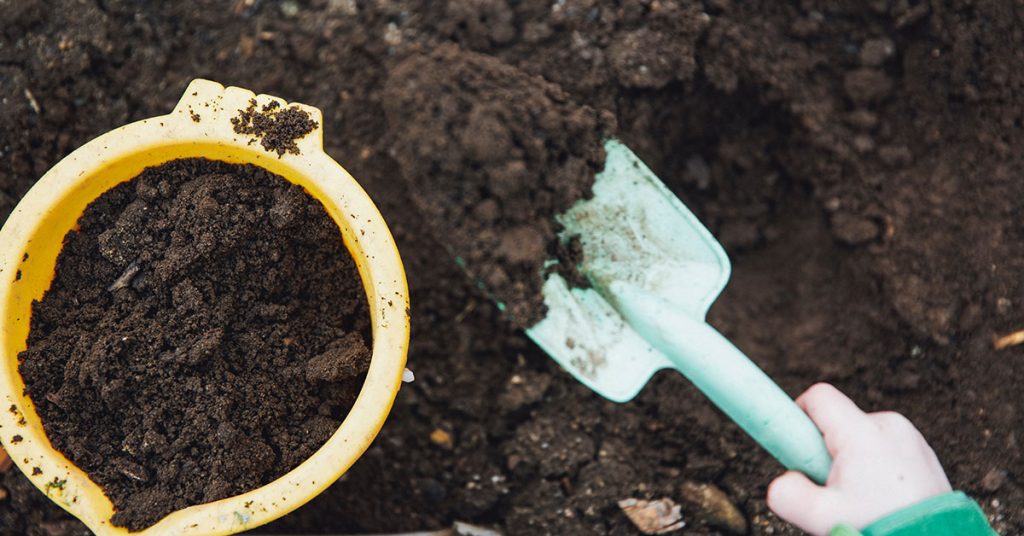
Tomatoes thrive in rich, well-drained soil with a slightly acidic pH (between 6.0 and 6.8). Start by adding plenty of organic matter, such as compost or well-rotted manure, to improve soil structure and fertility. This not only provides essential nutrients but also enhances soil aeration and water retention. Before planting, perform a soil test to determine nutrient levels and pH, adjusting as necessary with lime or sulfur.
Incorporate a balanced fertilizer or tomato-specific fertilizer into the soil before planting. This provides a good foundation of nutrients to support healthy growth. Adding a layer of mulch around the base of your tomato plants helps retain moisture, regulate soil temperature, and suppress weeds. With well-prepared soil, your tomato plants will have the best start possible.
How Often Should I Water My Tomato Plants?
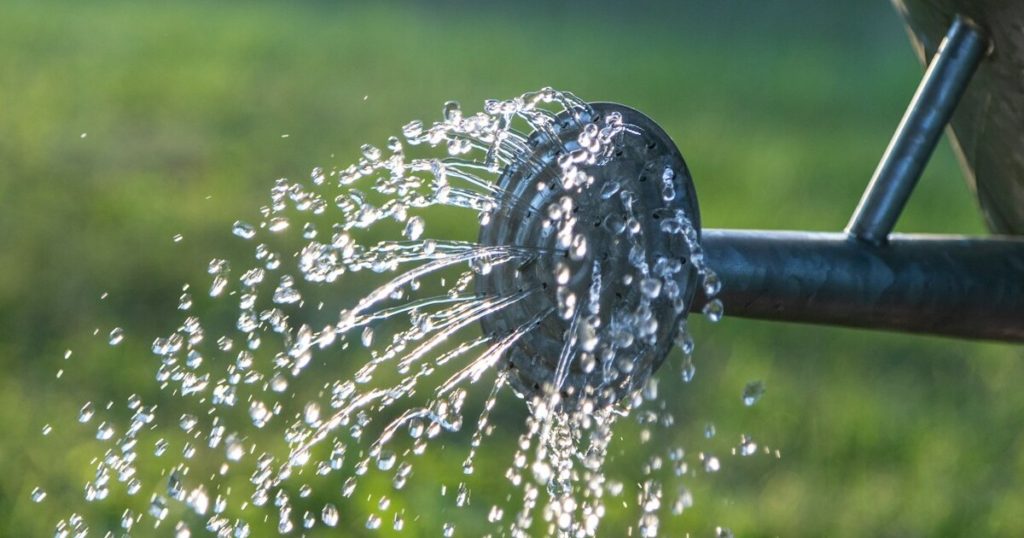
Proper watering is crucial for tomato plants, but it can be a bit tricky to get right. Generally, tomatoes need about 1-2 inches of water per week. It’s better to water deeply and less frequently rather than shallowly and often. Deep watering encourages the roots to grow deeper, making the plants more resilient to dry spells. Water in the early morning to allow the foliage to dry out during the day, reducing the risk of fungal diseases.
During hot weather, you may need to increase the frequency of watering, especially if your plants are in containers. Keep an eye on the soil moisture and water when the top inch of soil feels dry. Mulching can help retain moisture and reduce the need for frequent watering. Avoid overhead watering, as wet foliage can lead to diseases; instead, use drip irrigation or a soaker hose to deliver water directly to the soil.
Should I Prune My Tomato Plants?
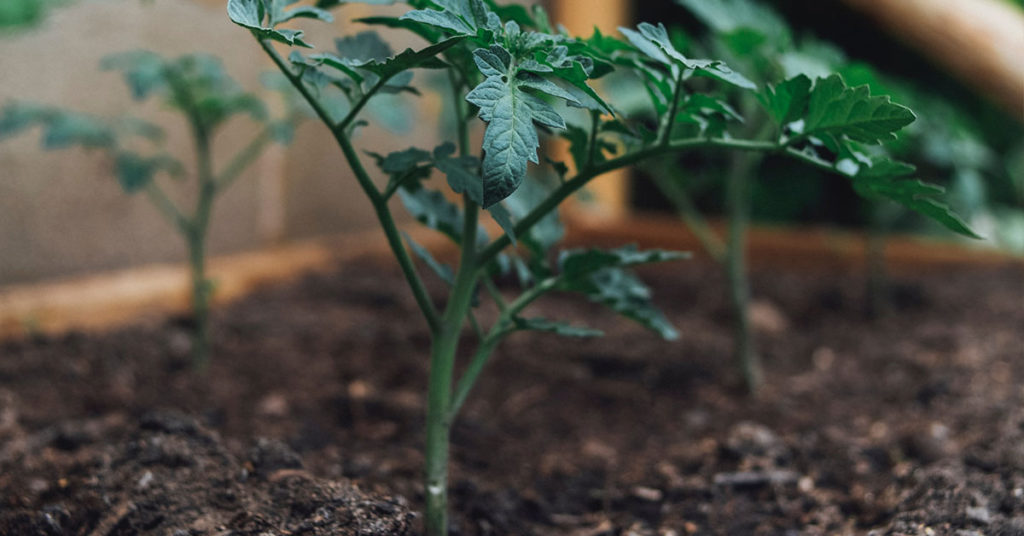
Pruning tomato plants can improve air circulation, reduce disease, and encourage the plant to focus on producing fruit rather than excessive foliage. Indeterminate varieties benefit the most from pruning. Remove the suckers (small shoots) that grow in the leaf axils (the junction between the stem and a branch). This helps the plant direct energy toward fruit production and can make it easier to manage the plant’s growth.
However, don’t over-prune your plants. They still need plenty of leaves to photosynthesize and produce energy. Determinate varieties typically don’t require much pruning, as they naturally stop growing once they reach a certain size. Regularly removing yellow or diseased leaves from any tomato plant helps maintain plant health and reduce the spread of disease.
How Do I Prevent and Treat Common Tomato Diseases?
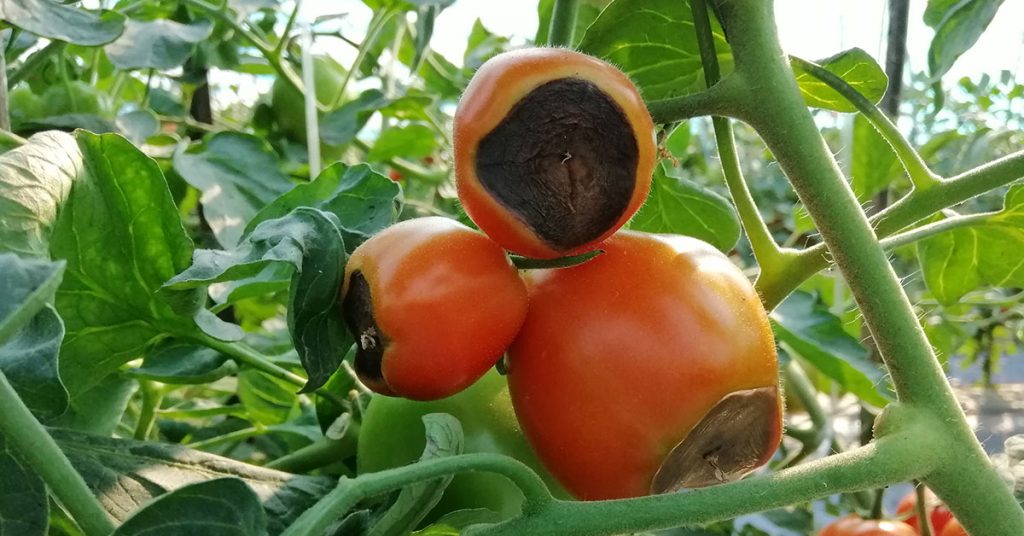
Preventing tomato diseases starts with selecting disease-resistant varieties and practicing good garden hygiene. Rotate your crops each year to reduce the buildup of soil-borne pathogens. Avoid overhead watering to keep the foliage dry and space your plants properly to ensure good air circulation. Mulching can also prevent soil from splashing onto the leaves, which can spread disease.
If your plants do get sick, act quickly. Remove and dispose of any infected plant parts to prevent the disease from spreading. For fungal diseases like blight or powdery mildew, fungicides can be effective, but they should be used as a last resort. Always follow the instructions on the label. Regular monitoring and quick action can keep diseases from taking hold in your tomato garden.
What Can I Do About Pests?
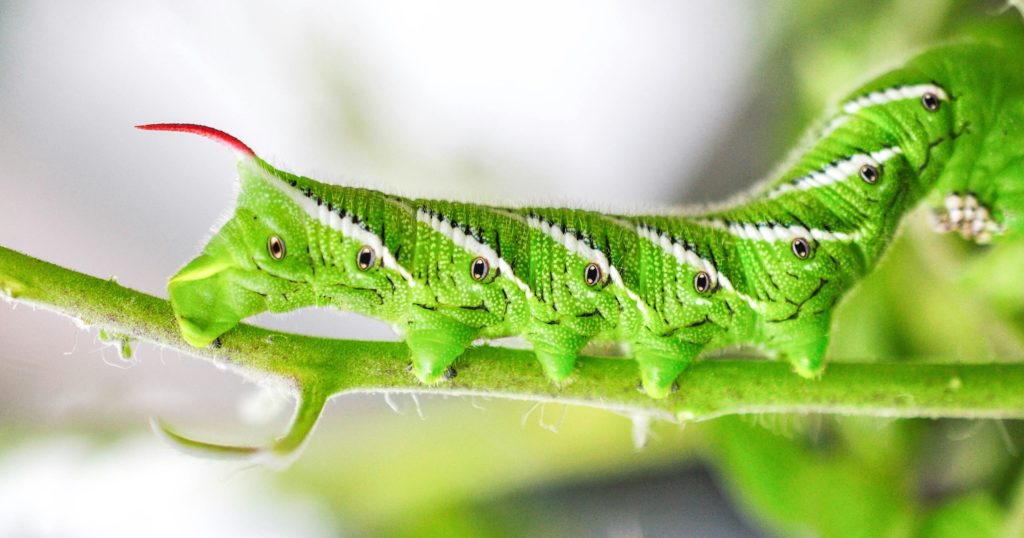
Tomato plants are susceptible to various pests, including aphids, tomato hornworms, and whiteflies. Regularly inspect your plants for signs of pests and take action early to prevent infestations. Introducing beneficial insects, like ladybugs and lacewings, can help keep pest populations in check. Companion planting with marigolds, basil, or nasturtiums can also deter pests naturally.
If pests do become a problem, consider using organic insecticides like neem oil or insecticidal soap. These options are effective and less harmful to beneficial insects and the environment. Physical barriers, such as row covers, can also protect young plants from pests. By staying vigilant and using integrated pest management strategies, you can keep your tomato plants healthy and productive.
How Can I Support My Tomato Plants?
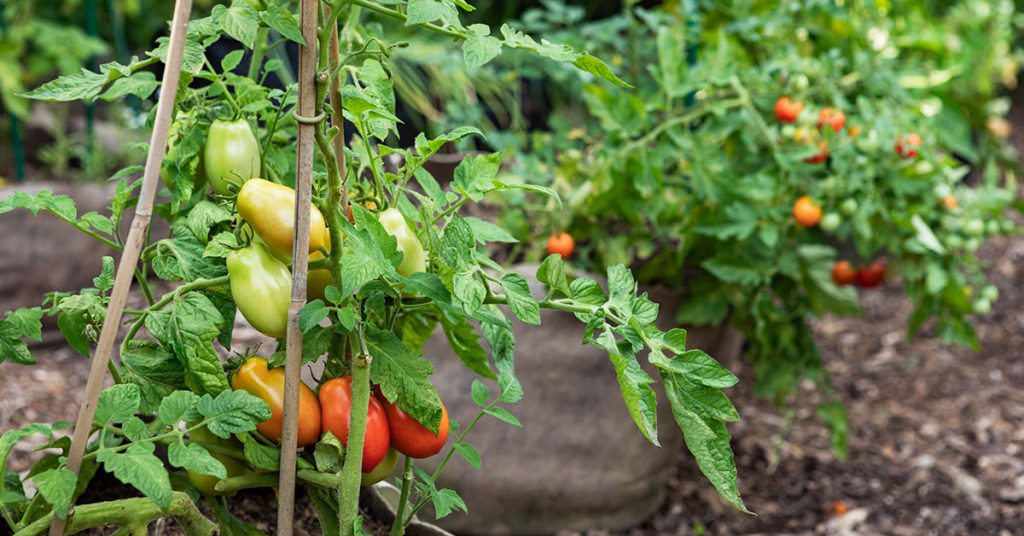
Supporting your tomato plants is essential to keep them upright, improve air circulation, and prevent fruit from touching the ground. For determinate varieties, simple tomato cages can provide adequate support. Indeterminate varieties, which grow much taller, benefit from staking or trellising. Place stakes in the ground at planting time to avoid damaging the roots later on.
As your plants grow, use soft ties or twine to secure the stems to the stakes or trellis. This helps prevent branches from breaking under the weight of the fruit. Regularly check the ties to ensure they aren’t cutting into the stems as the plants grow. Proper support not only keeps your garden looking neat but also promotes healthier plants and better fruit production.
When and How Should I Fertilize?
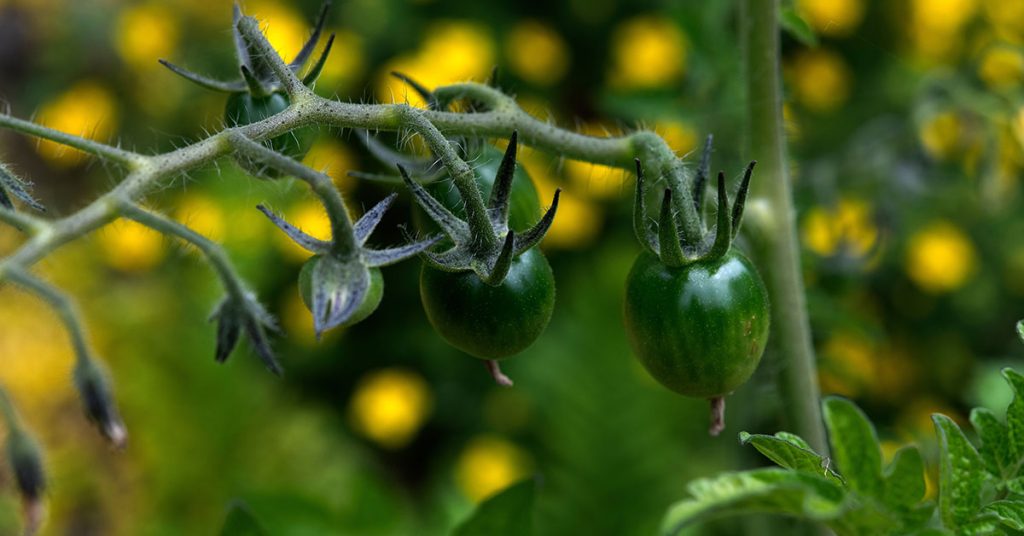
Tomato plants are heavy feeders and benefit from regular fertilization. Start by incorporating a balanced fertilizer into the soil at planting time. Once the plants start setting fruit, switch to a fertilizer with a higher potassium and phosphorus content to support fruit development. Liquid fertilizers can be applied every 2-3 weeks, while slow-release granular fertilizers can be applied less frequently.
Avoid over-fertilizing, especially with nitrogen, as this can lead to lush foliage but fewer fruits. Follow the recommended application rates on the fertilizer package. Compost tea or fish emulsion are great organic options that provide nutrients and improve soil health. By feeding your plants correctly, you’ll ensure they have the nutrients they need to produce a bountiful harvest.
How Can I Improve Pollination?
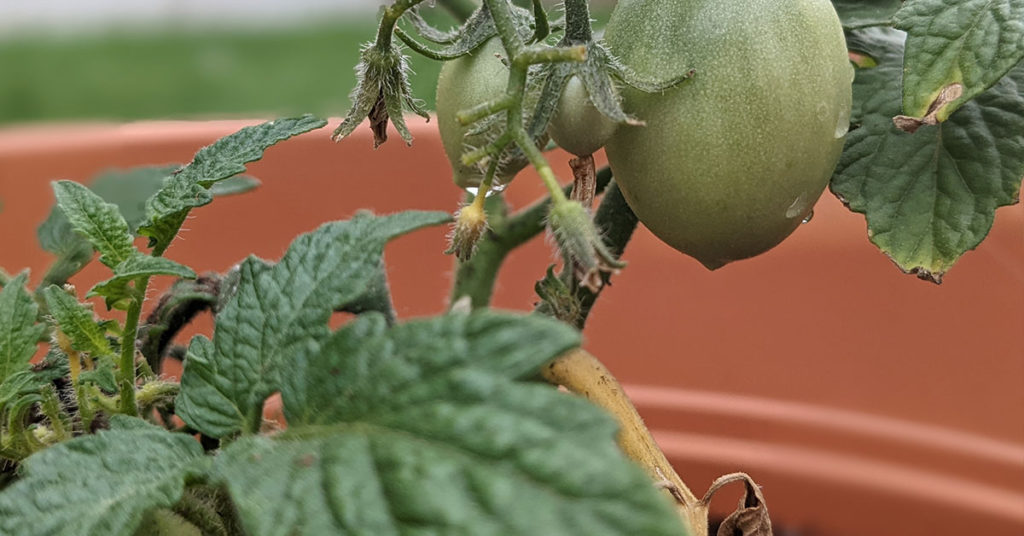
Tomatoes are generally self-pollinating, but they can benefit from some help to ensure a better fruit set. Gently shaking the plants can help distribute the pollen within the flowers. Planting flowers like marigolds, sunflowers, and zinnias nearby can attract pollinators such as bees and butterflies, which can improve pollination and fruit set.
If you’re growing tomatoes in a greenhouse or indoors, manual pollination might be necessary. Use a small brush or cotton swab to transfer pollen from one flower to another. Ensuring good air circulation around your plants can also help with natural pollination. By taking these steps, you can maximize the number of tomatoes your plants produce.
How Do I Know When to Harvest My Tomatoes?
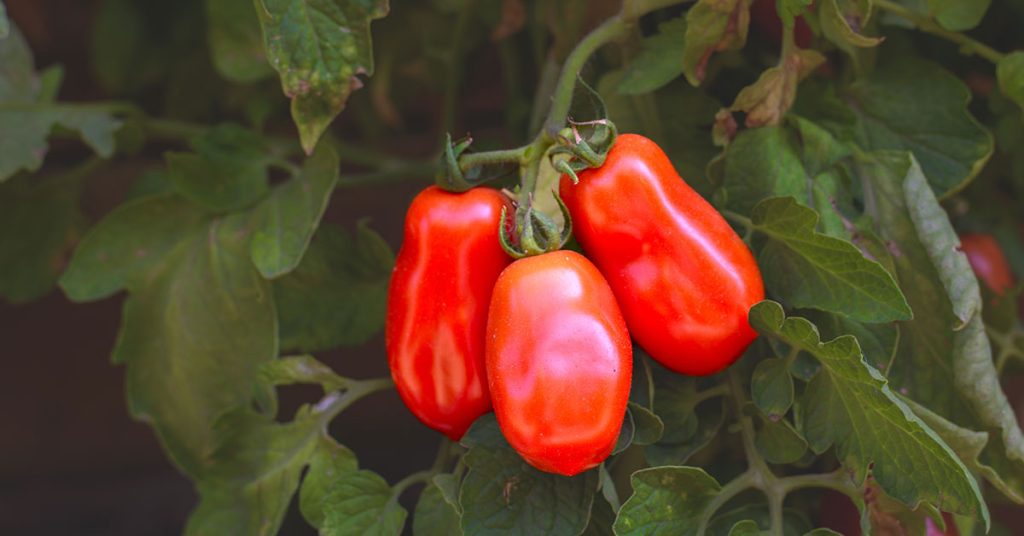
Knowing when to harvest your tomatoes ensures you get the best flavor and texture. Most tomatoes are ready to pick when they are fully colored and slightly firm to the touch. The exact timing can vary depending on the variety. Cherry tomatoes and small-fruited types often ripen faster than larger beefsteak varieties.
It’s best to pick tomatoes in the morning when the temperatures are cooler. Use a gentle twist or sharp scissors to avoid damaging the plant. If you need to harvest early due to weather or pests, tomatoes will continue to ripen off the vine if kept at room temperature. By harvesting at the right time, you’ll enjoy the freshest and most flavorful tomatoes from your garden.










